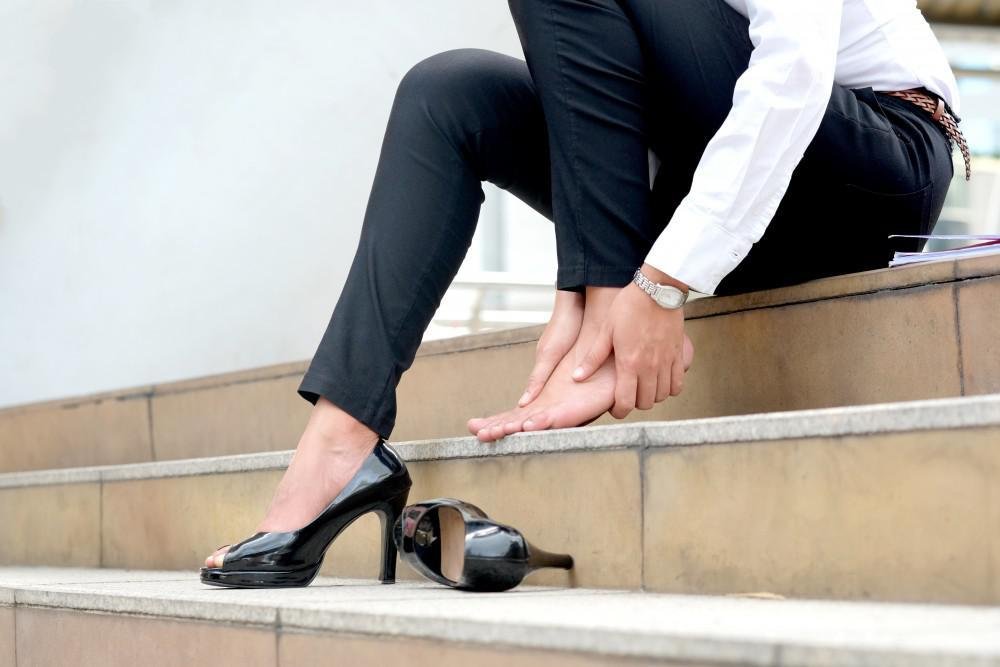Here are 3 treatments and remedies that can help you find relief.
1. Cold compress
Cold therapy can help to relieve inflamed heel tissue. One option is to apply a cloth-covered ice pack to your heel. You could also apply a cold compression pack to help keep the ice pack in place. Repeat the cold wrap application on an hourly basis while you’re awake.
2. Over-the-counter medications
Over-the-counter (OTC) anti-inflammatory medications can help you relieve heel pain and discomfort. Examples of anti-inflammatory medications include the following:
aspirin
ibuprofen (Advil, Motrin)
naproxen sodium/naproxen (Aleve)
However, you shouldn’t take anti-inflammatory medications if you have kidney problems or a history of stomach bleeding and ulcers. While OTC acetaminophen may help to relieve pain, it does not have the same anti-inflammatory properties as the other medications.
3. Shoes and orthotics
Comfortable and well-fitting shoes can reduce the amount of pressure on the heel spur. This pressure can cause pain and discomfort. Here’s what to look for when evaluating a shoe for comfort when you have a heel spur:
Firm heel support: The back “counter” of the shoe should be firm in order to support the heel and prevent your foot from rolling inward or outward.
Moderate flexibility: A shoe shouldn’t be so easy to flex that it’s collapsible. However, the shoe should have a gradual bend that has some resistance when your foot is flexed or bent.
Slightly elevated heel: A heel insert or shoe that has a slightly elevated heel (no more than 1 inch high) can help take pressure off your painful heel.
You can also have custom orthotics (molded shoe inserts) made that will slip into your shoe. These orthotics are custom-designed to prevent your foot from rolling and provide extra heel support. They are made with a prescription from your podiatrist.
In many of our patients, symptoms persist for months to years prior to them seeking out professional advice. They try various home remedies from rolling a golf ball on their heel, stretching, wearing night splints, and avoiding all weight-bearing activities altogether.
Do you wake every morning with the hope that the first step won’t be painful?
Remember, Early diagnosis and intervention are important. A course of a non-invasive treatment plan is available and can be very successful. Talk to your podiatrist for treatment options.


